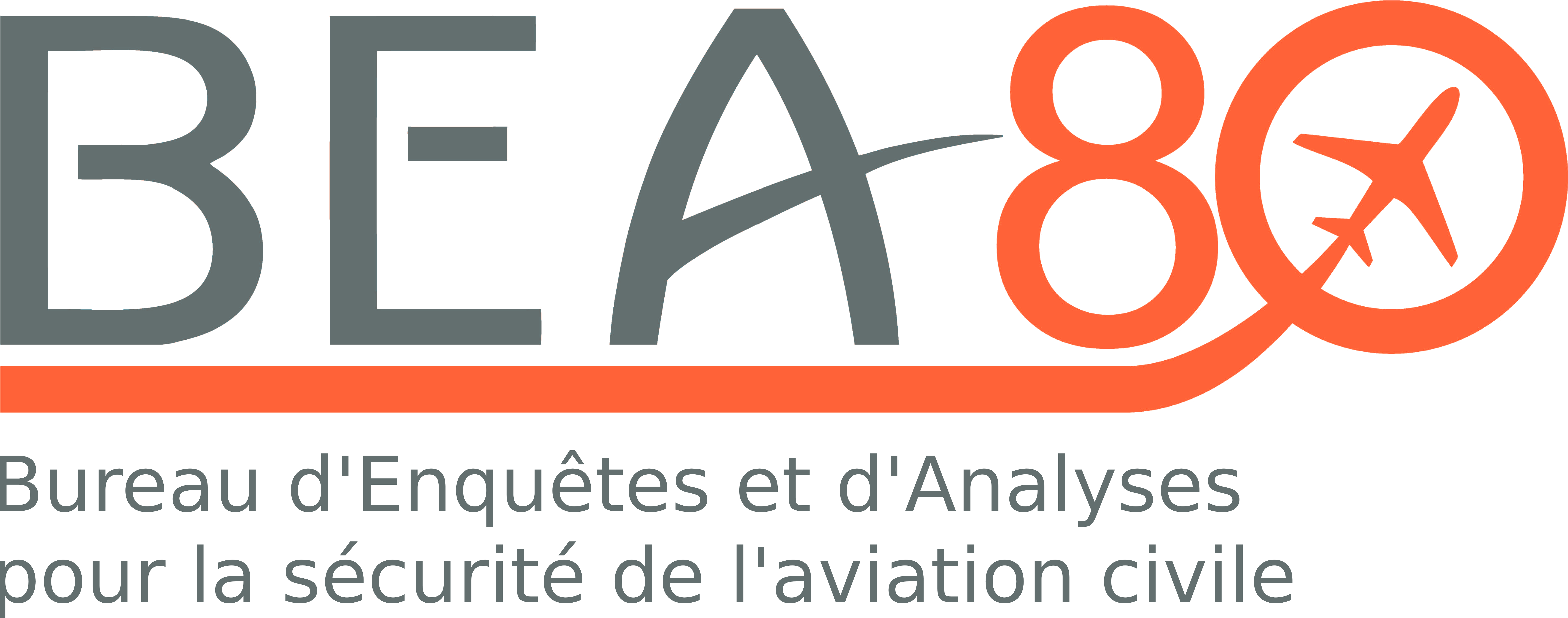Accident to the Robin DR400 registered F-GORQ on 29/07/2023 near Lognes
Bird strike in cruise, precautionary landing
This is a courtesy translation by the BEA of the Final Report on the Safety Investigation. As accurate as the translation may be, the original text in French is the work of reference.
Note: The following information is principally based on the pilot’s statement. This information has not been independently validated by the BEA.
1. History of the flight
The pilot took off at 13:10 from paved runway 26[1] at Lognes aerodrome for a local introductory initiation flight south-east of the aerodrome. During the return leg, after several manoeuvres between 2,000 ft and 2,500 ft, the pilot was in stable, straight flight at 1,500 ft to return to Lognes. He saw two birds approaching on the right of the aircraft. He turned left, but one of the birds hit the leading edge of the right wing.
After the impact, the pilot reduced the aeroplane's speed from 190 km/h to between 150 and 165 km/h. He observed that the right wing was damaged, but decided to continue his flight towards Lognes aerodrome, about four flight minutes away. He regularly indicated over the frequency that he had suffered a bird strike and requested priority over other aeroplanes (two other aeroplanes were on the frequency, on the ground). On final, after joining the left-hand circuit semi-directly, the pilot configured the aeroplane for landing and then landed without any manoeuvrability problems at 13:42 on unpaved runway 26[2].
2. Additional information
2.1. Damage to aeroplane
The bird hit the upper surface of the leading edge of the right wing, level with rib 8. Its body entered the wing structure, puncturing the plywood and fabric over a length of around 20 cm and a width of a few centimetres. Chips of paint revealing the fabric were visible a few centimetres either side of the hole created by the bird's body, most likely as a result of the impact of its wings on the aeroplane's skin. The damage appeared to have been limited to a small area of plywood and fabric, as the internal parts of the wing, in particular rib 8 and the spar box in line with the impact, were visually undamaged, like the rest of the skin around the bird's point of entry.

Figure 1: damage caused to wing (Source: BEA)
The bird involved in the collision was a 40-cm bird of prey weighing around 700 g.
2.2. Pilot’s statement
The pilot had been an instructor since 6 July 2023. He had logged 314 flight hours including 148 hours on the DR400. This was his third flight of the day, and the weather was suitable for visual flight.
He explained that he was carrying out an introductory flight with a 15-year-old who was comfortable and confident in the aeroplane. Following the impact, the pilot considered making an emergency landing in a field, bearing in mind the risk of the fabric swelling due to the tear in the wing skin[3]. However, after a few manoeuvres, he considered that the aeroplane was still manageable and decided to return to the aerodrome. He indicated that the passenger remained calm following the bird strike and did not disrupt the end of the flight. The pilot added that he felt additional drag and asymmetry in flight, which he was able to correct. He chose to land on the grass runway because it is wider and longer than the paved runway.
The pilot stated that the bird hazard was a recurring problem at Lognes aerodrome and everyone knew about it (daily message in the ATIS), but that it was rarer to encounter birds during the cruise phase.
